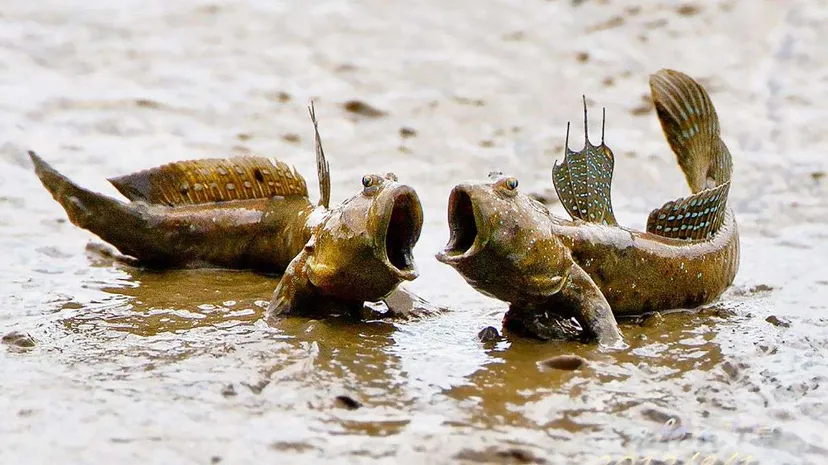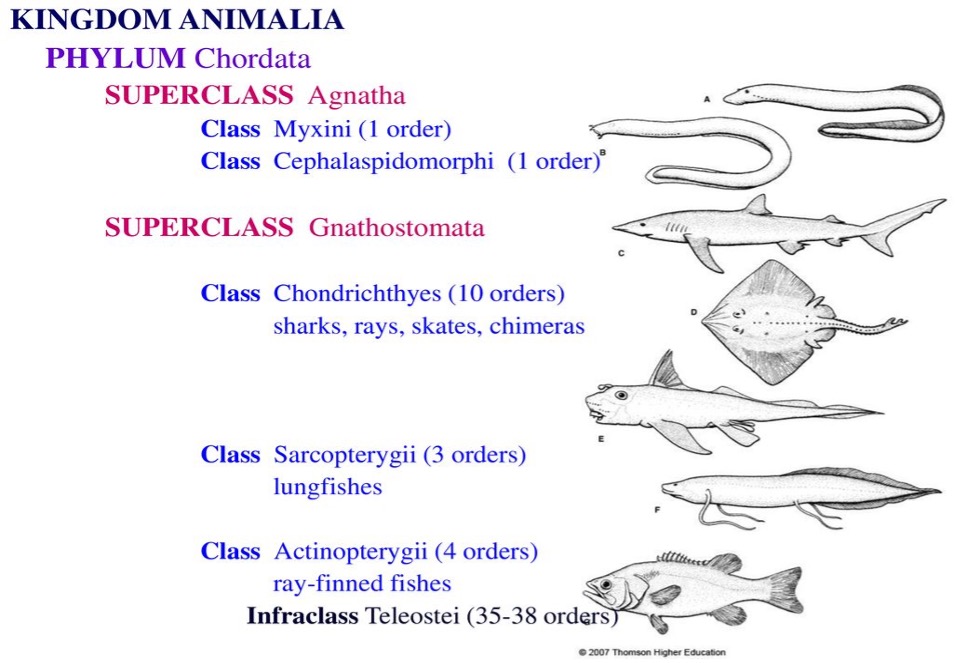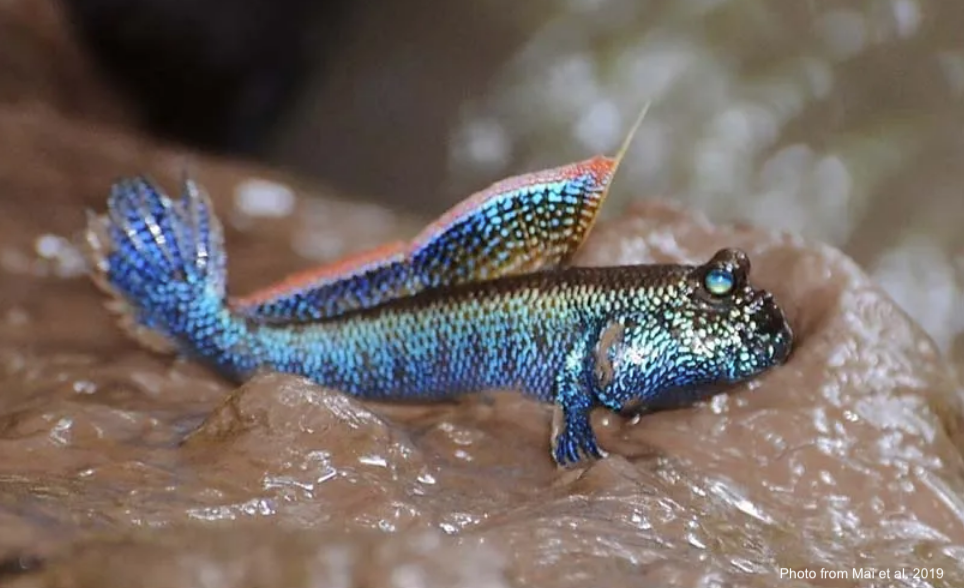By Fanis Michalakis,
One feature that we were taught when we were kids, is that fish “breathe” water using their gills. This statement is true for the most part. However, when bodies of water dry up, the fish get trapped and, with no way out, they will die. To avoid these circumstances, some fish developed the ability to breathe air, allowing them to survive out of the water for some time, and potentially allow them to move from one dried-up lake to another. There is many air-breathing fish in nature, but the most known is the mudskipper.
These fish are unlike anything we have seen. Their eyes protrude from their heads, and their pectoral fins have joints and work like arms to help them crawl, or rather “skip” when they are out of the water. It should be noted, that although these fins have joints, there is no connection between them and the elbow. Even though we would expect them to go out of the water to find another pond when their current home is dried up, like all the other air-breathing fish, the mudskipper instead chooses to stay on land for many activities, like males protecting their territory from intruders or courtships. Although they are mostly brown or green, during the mating season the males produce more flashy colors on their skin to attract females, like bright red or light blue.

Looking at their skin in more detail reveals the evolutionary traits that allowed them to survive on land by breathing both water and air. In the water, the mudskipper breathes like any other fish, through the gills that hold the oxygen in the water. However, when they get out, which they do even if there is still available water, the gills can’t function, so they breathe through their skin. Their skin can make the gas exchange in a similar fashion to our lungs. It is a trait found in amphibians as well, and it requires a differently structured skin than that found on other fish.
A necessary trait is the presence of many vascular capillaries and blood vessels that can transport the blood with CO2 and O2 to and from the skin. They also need large gland cells and have evolved to have fewer scales, which researchers suspect serves better to their mode of life. Apart from breathing through their skin, the mudskipper can breathe through the lining of the mouth and pharynx. However, all the above methods require that the surface remains wet, which limits their habitats to areas close to a lake or river, where there is a lot of moisture.

They are strictly herbivores. We know this because of their morphology. Looking at their body structure, we can tell that it was built to sit on the bottom of the ocean, because of their color pattern. Most species have spotted patterns with the prominent color being close to brown to help them camouflage close to rocks and sand. They also have their eyes on top of their head to help them see predators coming from above and their mouth is placed facing downward, meaning that the food is below them. Examining their stomach contents, scientists found a lot of debris. Most of it was sand and plant remains, and no animal debris was found. The algae found in their stomachs were also the same as the algae found in the habitat.
Another bizarre fact is the taxonomy behind the mudskipper. In Osteichthyes superclass of fish are two classes; the Actinopterygii and the Sarcopterygii. The second group led to the evolution of the amphibians who went out of the water and conquered the land, giving rise to the reptiles and mammals that we know today. However, the mudskipper belongs to the Actinopterygii class, meaning that it is not connected to the fish that walked on land as we have seen in evolution; so it had to develop all of the necessary traits to adapt from scratch!
References
- Park, J.Y. Structure of the skin of an air-breathing mudskipper, Periophthalmus magnuspinnatus. Journal of Fish Biology, Volume 60, Issue 6, p. 1543-1550
- Salker, A.L et al. Food habits of the mudskipper, Pseudapocryptes dentatus. Journal of Fish Biology, Volume 17, Issue 6, p. 635-639




